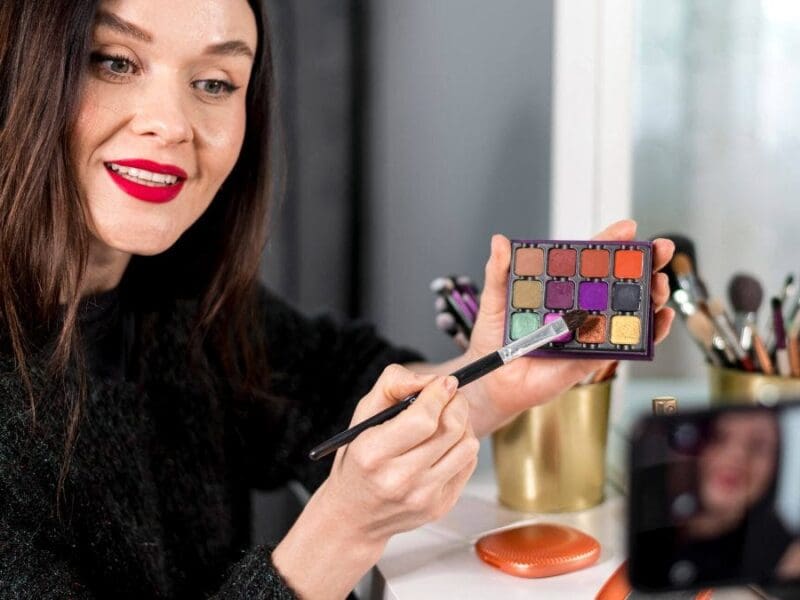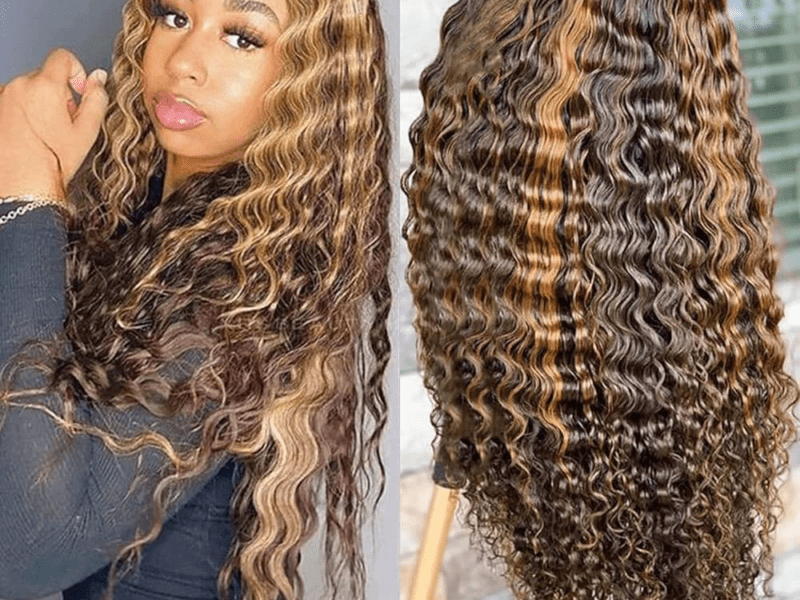
Dressed to Impress at Recess: The Renaissance of Kids’ Haute Couture
In the realm of kids designer clothes, a renaissance is underway, as haute couture finds its place on the playground. This evolution reflects a convergence of influences from the world of high fashion and a desire to break free from traditional gender stereotypes in clothing.
Moreover, there is a growing emphasis on sustainability and ethical production practices in kids’ fashion. Social media has also played a significant role in shaping this resurgence, providing a platform for showcasing and influencing trends.
In this article, we explore the fascinating revival of kids’ haute couture and its impact on contemporary society.
Key Takeaways
- The rise of social media and celebrity endorsements has had a significant influence on kids’ fashion.
- Breaking gender stereotypes in children’s clothing is promoting inclusivity and self-expression.
- Sustainable and ethical fashion is becoming increasingly important in the kids’ fashion industry.
- Social media plays a crucial role in shaping consumer behavior and preferences in kids’ haute couture.
The Evolution of Kids’ Fashion
In recent years, the development of children’s fashion has attracted a growing amount of interest. Children’s clothes has evolved from being merely functional apparel into a statement of style and self-expression thanks to the growth of social media and the influence of celebrity endorsements. Kids’ fashion trends are greatly influenced by cultural factors, with many cultures and areas embracing diverse aesthetics.
Celebrities are now significant influencers when it comes to promoting children’s clothing products in today’s society. Their social media endorsements, which are seen by millions of users, inspire both parents and kids to want the newest fashions. Due to this phenomena, well-known celebrities and prominent designers have collaborated to create exclusive collections aimed at young consumers.
Another factor influencing the development of children’s fashion is cultural influences. Children’s clothing selections reflect the distinctive traditions, aesthetics, and color schemes of other civilizations. Kids’ fashion is made more diverse and interesting by cultural influences, which range from traditional clothing like kimonos to vivid African designs.
The world of children’s fashion is continuing to develop quickly as parents seek to give their kids fashionable attire that reflect their own tastes or cultural heritage. In this constantly evolving sector, new trends are guaranteed to emerge thanks to a combination of celebrity endorsements and cultural influences.
Influences From the Runway
Influences from the runway can be observed in contemporary children’s fashion. Designers are increasingly drawing inspiration from high fashion trends and incorporating them into clothing lines for kids. This trend is driven by several factors, including celebrity endorsements and cultural influences.
Children’s fashion is significantly influenced by celebrity sponsorships. When famous people dress their kids in fashionable attire, it inspires parents to want to recreate such styles for their own children. By working with celebrities to develop special collections or by utilizing them as brand ambassadors, brands frequently take advantage of this. These collaborations help explain why some fashion trends and designs are so popular.
Children’s fashion is also influenced by cultural factors. Different cultures are more interwoven than ever before as globalization continues to obliterate distinctions. Children’s clothing uses traditional designs, hues, and themes from diverse cultures all around the world as a way to express this interconnectedness. Modern children’s clothing lines, for instance, often feature eye-catching African designs or complex Indian embroidery.
The influence of the runway and these external factors on contemporary children’s fashion sets the stage for breaking gender stereotypes in clothing choices for kids.
Breaking Gender Stereotypes in Children’s Clothing
Breaking gender stereotypes in children’s clothing challenges traditional societal norms by promoting inclusivity and allowing individuals to express themselves freely through their fashion choices. This movement towards breaking down gender barriers in kids’ clothing has led to the rise of gender neutral designs that empower kids’ self-expression.
Gender neutral designs offer a departure from the confines of traditional boys’ and girls’ clothing, providing a more inclusive approach to dressing for children. These designs often feature colors, patterns, and styles that are not specifically associated with any particular gender. By avoiding stereotypical imagery such as trucks for boys or princesses for girls, these clothes allow children to explore their personal style without being limited by societal expectations.
Moreover, embracing gender neutrality in children’s clothing empowers kids to express themselves authentically. It offers them the freedom to choose what they wear based on their individual preferences rather than conforming to predefined notions of masculinity or femininity. This can have a positive impact on their self-esteem and overall well-being by fostering a sense of acceptance and validation for who they truly are.
Sustainable and Ethical Fashion for Kids
Sustainable and ethical fashion for children prioritizes environmentally-friendly production methods and fair labor practices, contributing to a more socially responsible industry. This emerging trend in children’s fashion seeks to address the negative environmental impact of the textile industry while also ensuring that workers involved in the production process are treated fairly.
One key aspect of sustainable and ethical fashion for kids is the use of eco-friendly materials. Designers are increasingly turning to organic cotton, bamboo, hemp, and recycled fabrics as alternatives to conventional materials that require large amounts of water, pesticides, and synthetic chemicals during production. These eco-friendly materials not only reduce harm to the environment but also minimize potential health risks for children who come into contact with these fabrics.
Another important factor is fair trade production. Brands committed to sustainability and ethics prioritize working conditions that adhere to fair labor standards. This includes providing fair wages, safe working environments, and no child or forced labor. By supporting fair trade production, consumers can ensure that their purchases contribute positively to communities where garments are made.
The Role of Social Media in Kids’ Haute Couture
Social media platforms have become influential tools in the fashion industry, allowing brands to connect with their target audience and showcase their latest designs. In the world of kids’ haute couture, social media has had a significant impact on how brands market their products and engage with consumers.
One key aspect of this is the influence of social media influencers on children’s fashion trends. Influencers play a crucial role in shaping consumer behavior and preferences. These individuals have gained a substantial following on platforms like Instagram and YouTube by sharing content related to fashion, styling tips, and product recommendations. Brands often collaborate with these influencers to promote their collections, as they have the ability to reach a wide audience of potential customers.
Marketing strategies for kids’ haute couture heavily rely on social media platforms to create buzz around new releases. Brands use visually appealing images and videos to captivate audiences and generate interest in their products. They also leverage influencer partnerships by sending them free samples or inviting them to exclusive events, hoping that these influencers will share positive reviews or wear the brand’s clothing in their posts.
Overall, social media has revolutionized marketing strategies in kids’ haute couture by providing direct access to consumers and enabling brands to tap into influencer networks. It has become an indispensable tool for showcasing new designs, building brand awareness, and driving sales in this competitive industry.
Frequently Asked Questions
How Do Children Feel About Wearing Haute Couture Clothing?
Children’s preferences for wearing haute couture clothing vary depending on individual factors such as personality, social environment, and cultural influences. The impact of haute couture on children’s self-esteem can be positive or negative, depending on how it aligns with their personal identity and values.
Are There Any Specific Designers Who Specialize in Kids’ Haute Couture?
Specific designers specializing in kids’ haute couture include Dolce & Gabbana and Oscar de la Renta. Their creations have had a significant impact on the fashion industry, elevating children’s fashion to new heights of sophistication and luxury.
Is There a Difference in Pricing Between Kids’ Haute Couture and Adult Haute Couture?
The pricing of kids’ haute couture and adult haute couture may differ due to factors such as the difference in quality and availability in stores. However, without specific context, it is difficult to provide a conclusive answer.
How Do Parents Afford to Dress Their Children in Haute Couture Clothing?
When considering the affordability of dressing children in haute couture clothing, parents often explore alternatives such as second-hand stores, online marketplaces, or borrowing from friends. These options allow for access to high-end fashion without the exorbitant price tag.
Are There Any Specific Fashion Trends That Are Popular in Kids’ Haute Couture?
Kids’ haute couture fashion trends have a significant impact on children’s self-esteem. Some popular trends include gender-neutral clothing, sustainable and eco-friendly materials, and collaborations with famous designers. These trends enhance individuality and promote a sense of style among children.
Conclusion
In conclusion, the renaissance of kids’ haute couture has brought forth a magnificent transformation in children’s fashion. From the runway to everyday playtime, the evolution of kids’ fashion is evident in its creativity and sophistication.
Breaking gender stereotypes, children’s clothing now embraces diversity and individuality. Moreover, the rise of sustainable and ethical fashion for kids reflects a growing awareness of our planet’s well-being.
Through social media, this fashionable revolution reaches even greater heights, inspiring young minds to express themselves through their unique sense of style.
The future of kids’ haute couture is truly awe-inspiring, promising a world where imagination knows no bounds.







